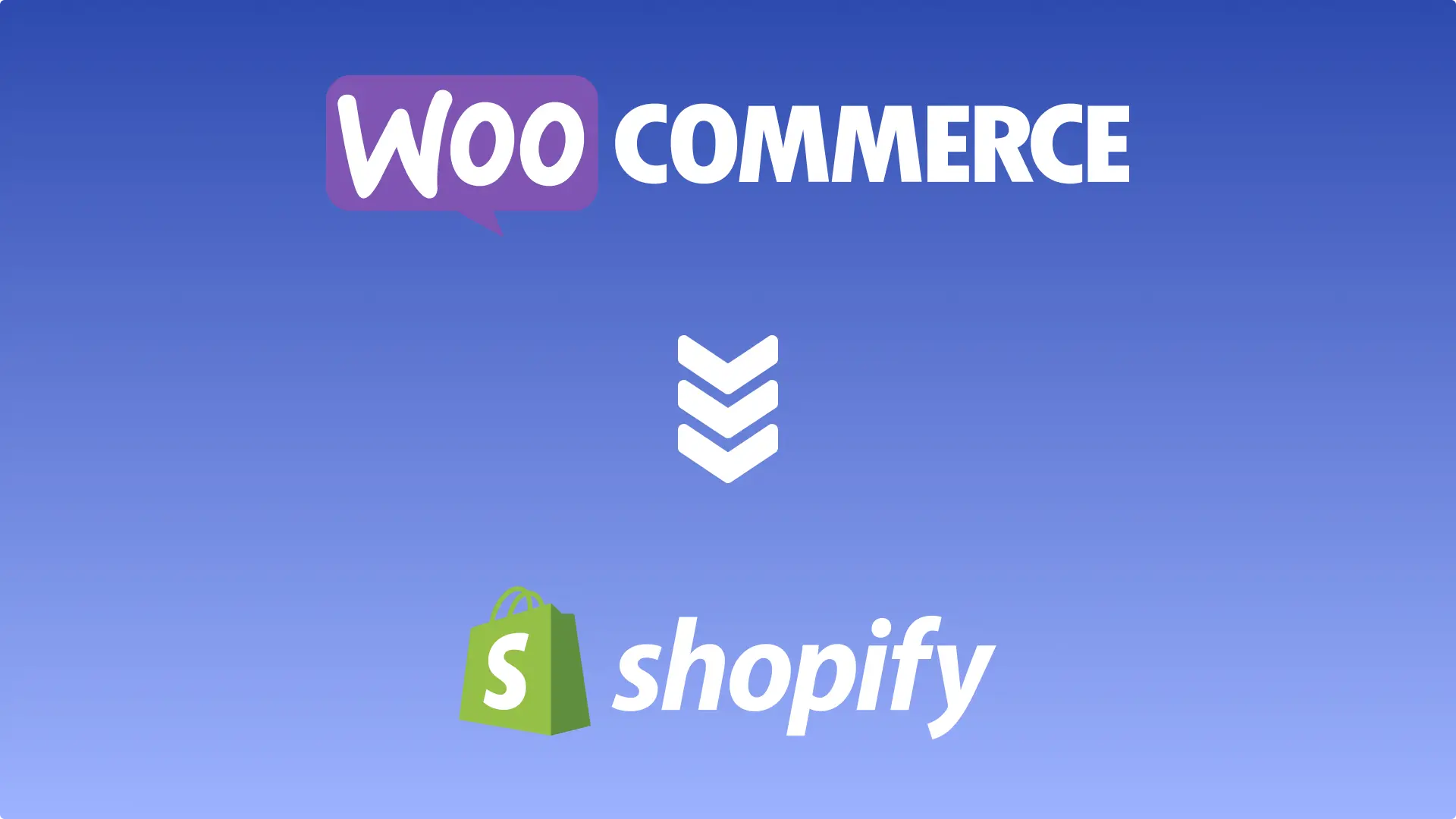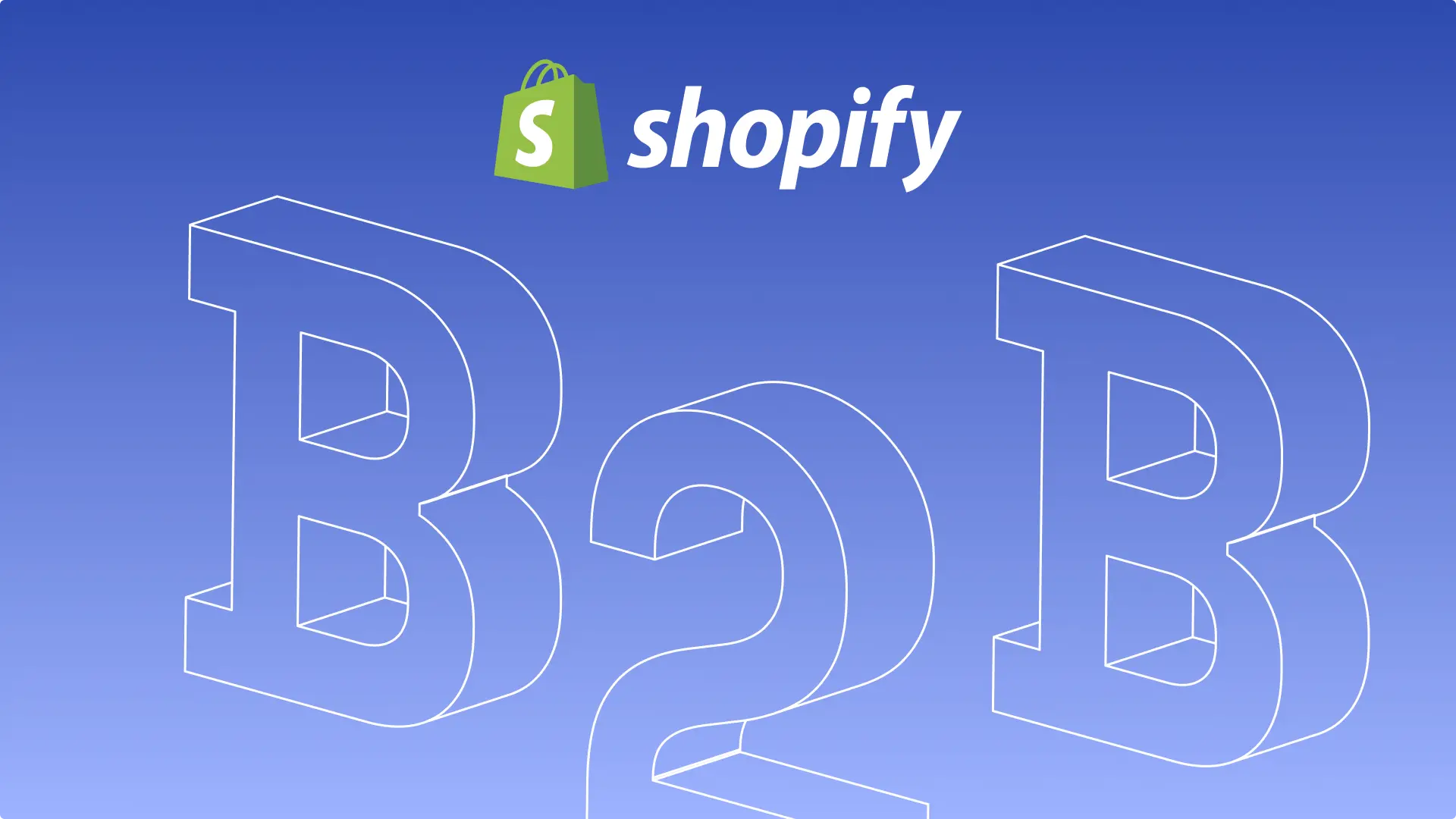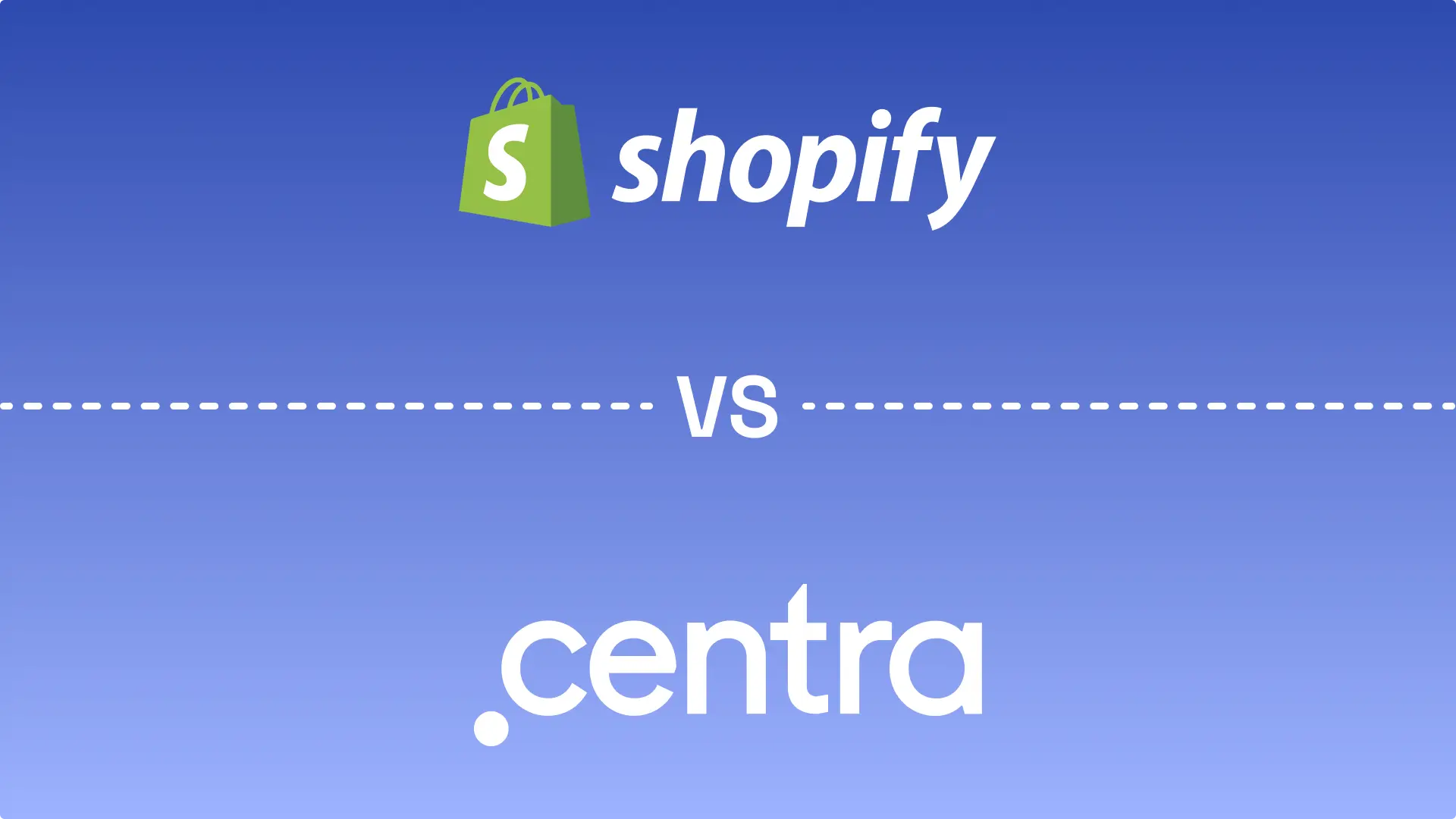How To Improve SEO On Your Shopify Store?
- Shopify
- Ecommerce
Launched
August, 2024

Introduction
Do you want to learn how to improve Shopify store SEO, show up on the first page of Google, and drive more sales? The e-commerce giant, Shopify has facilitated thousands of people to open their online stores.
Nevertheless, having a store is just the beginning. But to achieve success it is important that the store is visible to the intended buyers. This is where SEO for Shopify comes into play. In this Shopify guide, you will learn how you can immensely improve SEO for your Shopify store on Google search in 6 simple steps.
How to Improve SEO For Shopify Store
When it comes to improving SEO for Shopify store, it’s common to believe that keywords will do the trick. But that’s not entirely the case. Improving SEO for Shopify store is divided into multiple steps that include:
Step 1: Optimize Your Shopify Site Structure
The organization of your content plays a vital role in SEO success. When customers can easily find what they're looking for on your site, they usually stay longer and look at more pages, which can help improve your search rankings.
Avoid overloading your site with excessive categories and subcategories. A streamlined structure makes it easier for search engines to crawl and rank your products. So, you need to ensure that products are only a few clicks away from your homepage.
Along with being good for search engines, it also improves the user experience. Keep in mind that your site should always be designed with customers in mind. In addition to product and category pages include an About page and a Contact page.
These pages enhance credibility and trustworthiness, both for shoppers and search engines. A search box won't directly boost Shopify store SEO, but it aids visitors in finding what they need, contributing to better user experience and potentially higher conversions.
Step 2: Improve the User Experience
Improving user experience on your site can significantly affect your search rankings. Here are some strategies if you want to know how to do seo for Shopify store:
Boost Your Site Speed
One of the most foundational premises of website performance is site speed. Fast loading site ensures that the visitor does not get annoyed and, therefore, tends to spend a lot of time on your site, which can improve SEO performance. To improve your Shopify store’s speed:
- Use a Fast, Mobile-Friendly Theme: Choose a theme that has good loading times and compatibility with mobile browsers. This is an indication that the theme will be able to support the website on all devices.
- Optimize and Use Smaller Images: Usually, large image files might slow down your site. Minimize the size of images without reducing their quality to fit the loading times of the webpage.
- Remove Unused Apps: Unused applications only increase the site’s file size, and consequently, the site will run slower. It is necessary to monitor the usage of the applications and delete the ones that are not utilized frequently.
- Avoid Using Sliders: Sliders have performance issues in terms of making sites slow and frustrating to users. Hence, use static images or banners that take a lesser amount of time to load on web browsers.
Responsive Design
Responsive design makes your Shopify store ready for desktops, tabs, and all the smartphones that are out there. It helps in improving the user experience, engages the visitors for a longer time on your website, and helps to gain better ranks. This is because mobile buying is the new thing and as such, optimizing for mobile is a must do.
- Mobile Optimization: Ensure that your site is fully functional on mobile devices. Test all elements, such as buttons, forms, and navigation, to ensure they work seamlessly on smaller screens.
- Touch-Friendly Design: Design your site with touchscreens in mind. Use large buttons and ample spacing to make it easy for users to interact with your site on mobile devices.
Step 3: Research the Right Target Keywords

Keyword research is the foundation of success in SEO for your Shopify store. To find the right keywords:
- List Main Topics: Identify at least five main topics that your customers care about and that relate to your product. These topics will form the basis of your keyword research.
- Think Like Your Customers: Put yourself in your customers' shoes and consider what search terms they would use to find your products. This will help you identify relevant keywords.
- Get Inspiration: Use buyer personas, forums, subreddits, social media hashtags and competitors’ sites to gather keyword ideas. This will provide a broader understanding of what your audience is searching for.
- Use Keyword Research Tools: Utilize tools like Google Keyword Planner, Ahrefs or SEMRush to discover additional keywords and their search volumes.
- Analyze Competitors: Look at your competitor's websites to see which keywords they are targeting for insight regarding keyword opportunities.
Step 4: Optimize Your Shopify Product Pages
With your keyword list and site structure ready, the next step is to optimize your store pages using your keywords. Start with your top pages, such as the homepage, main product collections, and top-selling product pages.
Optimize Title Tags for Categories
Use a consistent formula for naming pages across your site. For example: “[Keyword 1] – Shop for [Keyword 2].” If you use this, the name should be “Unicorn T-shirts – Shop for Unicorn T-shirts Online.” In addition, you should also:
- Incorporate Keywords Naturally: Ensure that your keywords fit naturally into your title tags. Avoid keyword stuffing, which can harm your SEO.
- Include Branding: Incorporate your store name into the title tags to build brand recognition.
Optimize Title and Meta Descriptions for Products
Write original titles and descriptions for your products and categories. Your keywords should fit naturally into the copy. Optimize image alt text for SEO for your Shopify store but ensure it sounds natural.
- Create Compelling Titles: Write titles that are not only optimized for SEO for your shopify store but also enticing for users. A well-crafted title can improve click-through rates.
- Craft Engaging Meta Descriptions: Use meta descriptions to provide a brief summary of your product. Include keywords and a call-to-action to encourage clicks.
- Optimize Image Alt Text: Use descriptive alt text for images that include relevant keywords. This helps search engines understand the content of your images and improves accessibility.
Step 5: Build Links to Your Store
Backlinks help search engines determine the value of your site. Reach out to suppliers or manufacturers you already work with. They may be willing to add a link to your store on their website.
Reach out to industry leaders and influencers for interviews to generate links and content. This can help establish your authority in the industry and attract high-quality backlinks.
Use tools like mention.com to find where your store is mentioned without links. Request a link via email. Regularly check for mentions of your brand or products online. Reach out to the site owners to request a link.
Identify broken links on similar sites and request the site owners to link to your store instead. This can be a win-win situation as it helps the site owner fix a broken link while providing you with a backlink.
Tools like Ahrefs can help you find broken links on relevant sites. Reach out to the site owner with a polite email explaining the broken link and suggesting your site as a replacement.
Step 6: Rank Higher with Content Marketing
Content marketing is key to attracting visitors. Create original content that enhances the user experience and helps you rank for more keywords. Address common customer questions and provide valuable information unrelated to product descriptions.
- Start a Blog: Use your blog to provide valuable information, answer customer questions, and share industry news. Regularly publishing high-quality content can attract more visitors and improve your search rankings.
- Create Guides and Tutorials: Offer detailed guides and tutorials related to your products. This type of content can establish your authority and attract backlinks.
- Use Video Content: Incorporate videos into your content strategy. Product demos, how-to videos, and customer testimonials can engage visitors and improve time on-site.
- Promote Your Content: Share your content on social media, email newsletters, and other channels to reach a broader audience.
Conclusion
By following all of these six steps you can improve SEO for your Shopify store page ranking on any search engine will be higher, more traffic will be generated, and of course, more sales. Implementing these SEO tips for Shopify store and improve website organization, increase usability, find the best keywords, fine-tune product pages, get backlinks using content promotion, and use proper SEO tools and applications.
Frequently Asked Questions (FAQs)
What is the best SEO tool for Shopify?
There are several different SEO tools that you can use for your Shopify store. Ahrefs, Yoast, and Google Search Console are a few common examples of such tools.
What should I consider when optimizing images?
When optimizing images for your Shopify store. You need to consider the image size, format, names, and alt attributes.
Does content marketing work for SEO for Shopify?
Yes. With content marketing, you have additional room to optimize your website for SEO performance while publishing value-added content for your target audience.
Let's build something together
If you like what you saw, let's jump on a quick call and discuss your project

Related posts
Check out some similar posts.

- WooCommerce
Choose the right e-commerce platform for your needs with our comparison.
Read more
- WooCommerce
Learn about switching from WooCommerce to Shopify and its benefits for your online store.
Read more
- B2B
Explore the new Shopify B2B features and how they can enhance your wholesale business in the evolvin...
Read more
- Centra
Optimize your fashion brand's online success with a strategic choice between Centra and Shopify.
Read more